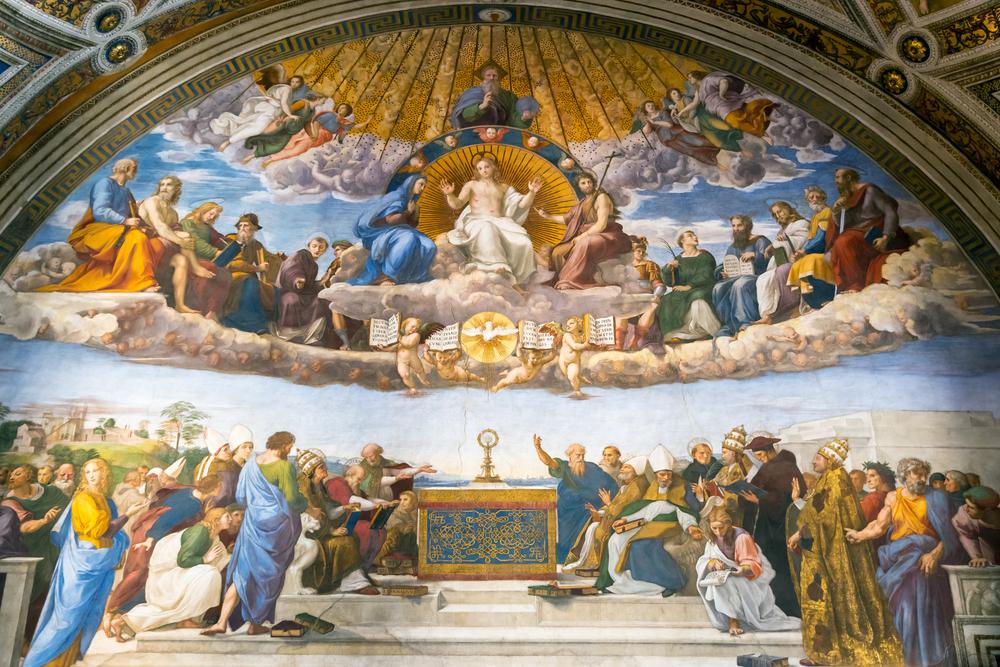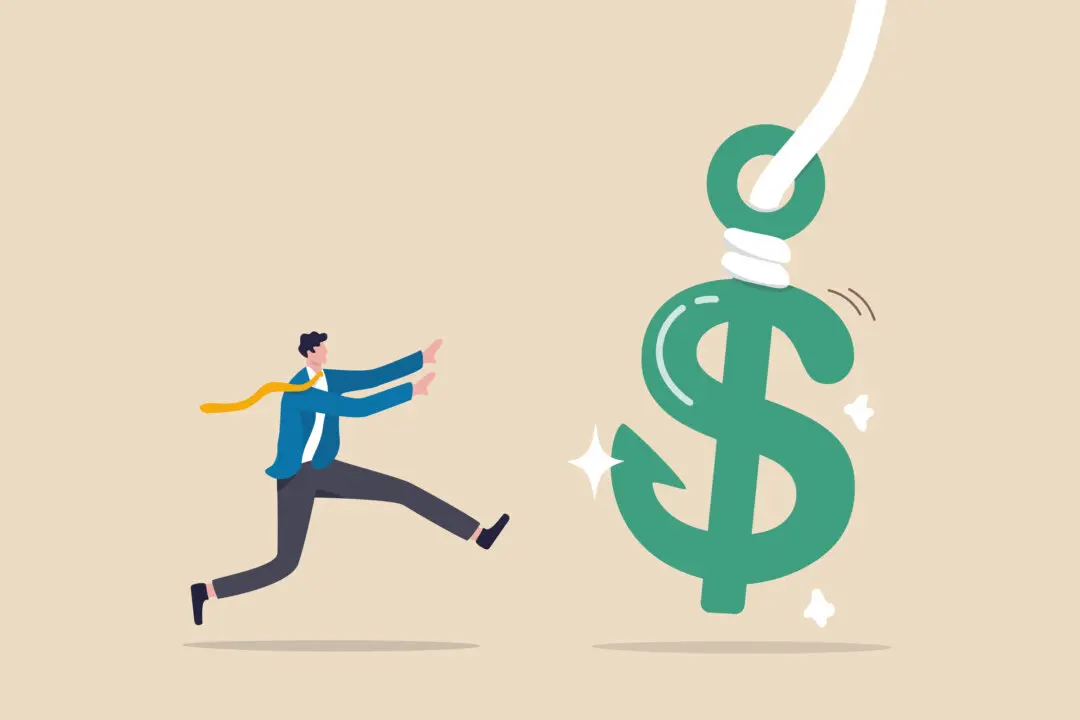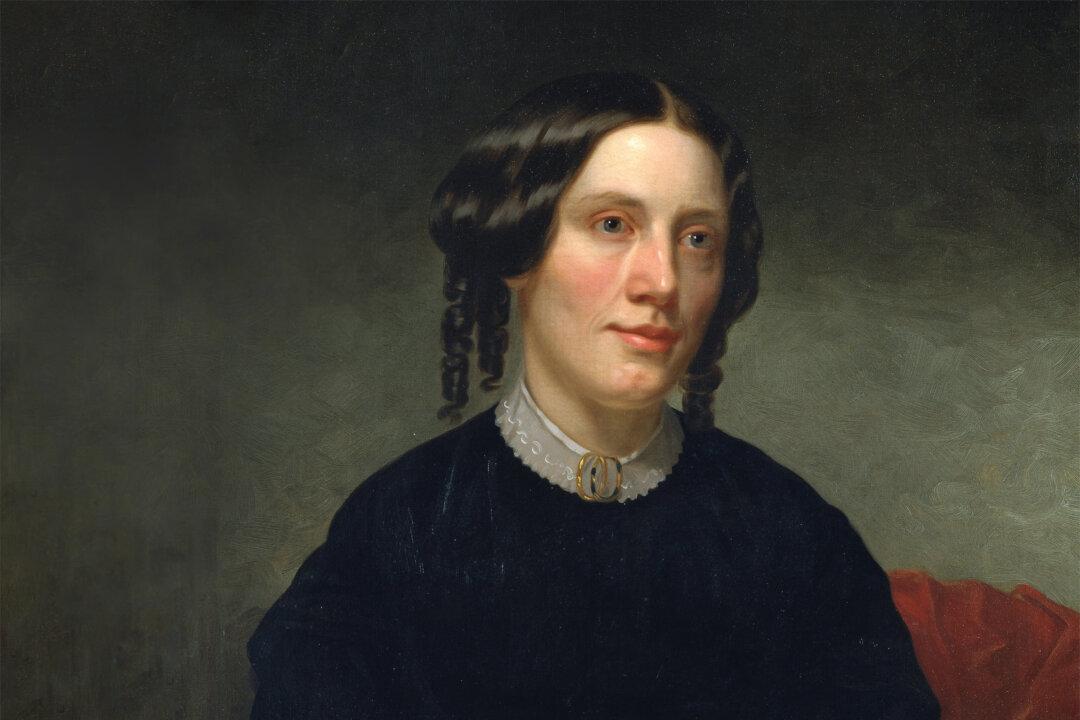Recently, a friend and I exchanged a few emails on artists and their arts, seeking answers to some questions she’d raised: Should artists get a pass from common standards of behavior? Are they free from the precepts of traditional morality? Is the man who writes a novel about marital love while in the meantime committing adultery a hypocrite deserving of scorn, no matter how wonderfully he writes? Is the famous film director who demands sexual favors from his female stars a criminal, a brilliant creator, or both? Here is my friend’s latest position:
“I always thought that art was meant to make us better, more compassionate people. As a theater person, I’ve wondered why artists don’t seem to embody these ideals. They seem like worse people, feeling entitled to be exempt from the standards the rest of us live by—shouldn’t they be better than those everyday standards? And moreover, people excuse them as though those who make art are somehow different. Different is fine, but worse?”






